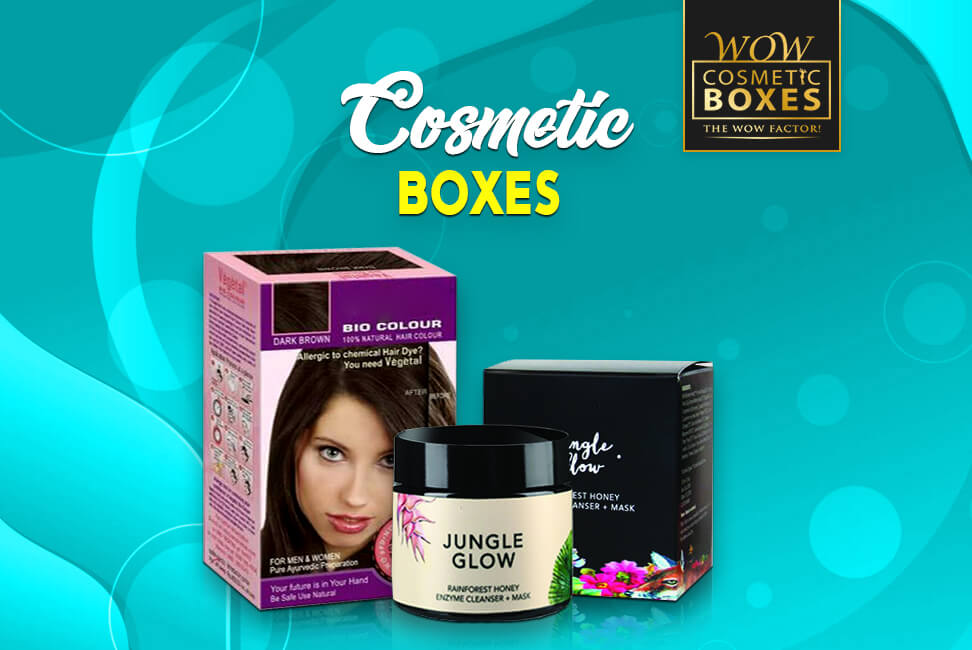
Packaging plays a crucial role in captivating consumers’ attention in the ever-evolving world of beauty. It is the first impression that entices them to explore innovative cosmetic products.
As the industry continues to push boundaries, unique design trends in cosmetic packaging are revolutionizing how we perceive beauty. From sustainable materials to bold colors and personalized packaging, this article delves into the captivating world of cosmetic packaging, unveiling the secrets behind its mesmerizing allure.
Prepare to be astounded by the creative and detail-oriented approach to transforming beauty’s face.
Key Takeaways
- Growing demand for eco-friendly options in the beauty industry
- Minimalist design trend in cosmetic packaging
- Use of bold colors and patterns to stand out in the marketplace
- The trend of personalized packaging in the cosmetic industry
The Rise of Sustainable Packaging
The growing demand for eco-friendly options has led to the rise of sustainable packaging in the beauty industry. As consumers become more conscious of their environmental impact, they actively seek products that align with their values.
Sustainable packaging offers a solution by reducing carbon footprint and minimizing waste. Beauty brands now incorporate eco-friendly materials such as recycled paper, glass, and biodegradable plastics into their packaging designs. These materials reduce the use of non-renewable resources and have a lower impact on the environment during production and disposal.
In addition to the materials used, brands also focus on innovative design techniques to optimize packaging for reduced shipping and storage, further reducing emissions.
The rise of sustainable packaging in the beauty industry reflects the changing consumer preferences and showcases the industry’s commitment to environmental stewardship.
Minimalism: Less Is More
As the beauty industry continues to evolve, minimalism has emerged as a prominent design trend in cosmetic packaging.
Simplicity and elegance have become the key factors driving this shift. Minimalist packaging focuses on clean lines, subtle details, and a refined color palette, creating a sense of sophistication and luxury.
The power of white space is harnessed to its fullest potential, allowing the product to take center stage. Minimalism creates a sleek and timeless aesthetic that appeals to modern consumers by eliminating unnecessary clutter and visual distractions.
This design approach enhances the overall brand image and reinforces the idea of quality and exclusivity. With its minimalist design language, cosmetic packaging can convey a sense of simplicity and elegance, resonating with consumers who appreciate understated beauty.
Embracing Bold Colors and Patterns
With the changing trends in cosmetic packaging, designers are embracing bold colors and patterns to create eye-catching and vibrant packaging designs. This shift towards vibrant designs and striking aesthetics is driven by the desire to stand out in a crowded marketplace and capture consumers’ attention.
Bold colors such as bright pink, electric blues, and vibrant yellows create packaging that commands attention on the shelves. On the other hand, patterns add a unique and dynamic element to the design, making the packaging even more visually appealing.
From geometric shapes to floral prints, designers are exploring a wide range of patterns to create visually striking and memorable packaging. By embracing bold colors and patterns, cosmetic packaging is becoming a powerful tool for brands to communicate their identity and appeal to consumers in a visually captivating way.
Innovative Shapes and Structures
Designers are exploring innovative shapes and structures to revolutionize cosmetic packaging and create a unique consumer experience. One of the emerging trends in this area is interactive packaging. Brands incorporate pull tabs, pop-up mechanisms, and hidden compartments to engage consumers and make the unboxing experience more exciting.
These interactive features add a playful touch to the packaging and provide additional functionality, such as storage compartments for small cosmetic accessories. Another important aspect of innovative packaging is the use of eco-friendly materials. Brands increasingly opt for sustainable options like biodegradable plastics, recycled paper, and bamboo to reduce their environmental impact.
Personalized Packaging: Tailored for Every Consumer
In the realm of cosmetic packaging, the trend of personalized packaging has emerged, allowing brands to tailor their products to every consumer’s unique preferences and needs. This trend has gained popularity due to the increasing demand for customization options and eco-friendly materials.
- Customization Options: Personalized packaging allows consumers to create their unique look by choosing from various colors, patterns, and designs. This allows them to express their individuality and make their cosmetic products their own.
- Eco-friendly Materials: With the growing concern for sustainability, brands incorporate eco-friendly materials into their personalized packaging options. This includes using recyclable, biodegradable, and compostable materials reducing the environmental impact of cosmetic packaging.
- Unique Brand Experience: Personalized packaging enhances the brand experience by making consumers feel special and valued. It creates a sense of connection between the brand and the consumer, fostering loyalty and repeat purchases.

